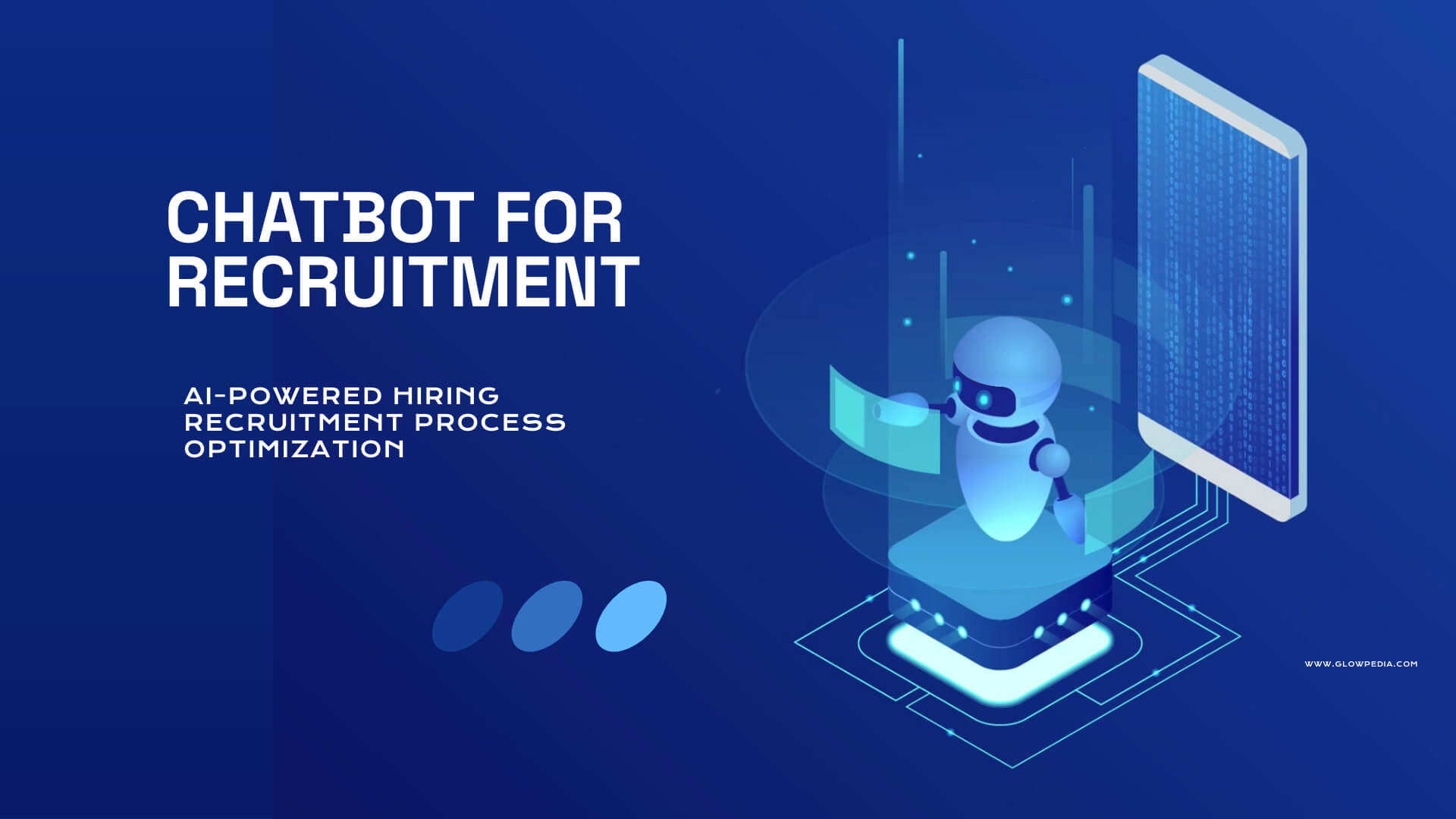First and foremost, when it comes to attracting and choosing the finest talents during the recruitment process, three essential factors play a significant role: agility, efficiency, and precision.
In light of this, chatbots have emerged as a cutting-edge solution that completely transforms companies’ hiring procedures. These chatbots offer a range of advantages that can make a significant difference in the recruitment process. Let’s delve into the four key benefits of using chatbots for recruitment.

Table of Contents
What are chatbots?
Chatbots are computer programs that have conversations with people like humans do. They use artificial intelligence to improve their communication skills. The goal is for the chatbot to simulate a natural conversation with the user so well that people may not even realize they’re talking to a machine. You might have interacted with a chatbot without knowing it, especially if it was well-programmed. These chatbots are used in various digital channels to provide efficient and human-like customer service, making communication easy and personalized.
How Does a Chatbot Work?
A chatbot can work in two different ways:
- Pre-programmed conversations: In this method, the chatbot follows a set of predefined messages and flows created by its team. It executes these predefined contacts and communicates accordingly.
- Learning Artificial Intelligence: In this case, the chatbot learns and improves its performance from past interactions. It observes behaviors and optimizes its actions based on previous experiences.
Whichever approach is used, the chatbot can effectively guide candidates, leading to significant improvements in the recruitment process.
How does a chatbot for recruitment and selection help?
When hiring new people, chatbots can be helpful in the Human Resources department. They act like virtual assistants, quickly answering questions and giving applicants the most recent information and guidance. They can also do initial screening to filter out qualified candidates and guide them to the next steps in the process.
Using a chatbot in HR allows repetitive tasks to be automated, saving time and resources. It ensures smooth and consistent communication with candidates throughout all the stages of the selection process, making the whole hiring process more efficient.
Four advantages of using a chatbot for recruitment and selection:
- Efficiency and Speed: Having a chatbot in recruitment makes the process faster and more efficient. The chatbot can instantly answer candidates’ questions, perform initial screening based on set criteria, and only forward qualified candidates to the next stage. This helps reduce the workload on recruiters, allowing them to focus on essential tasks like interviews and evaluations.
- Personalization and Engagement: A chatbot in recruiting offers a personalized experience to candidates. It can gather information about applicants, such as their skills and preferences, and provide relevant recommendations and opportunities. The chatbot informs candidates about the selection process, sends reminders, and maintains an interactive communication channel, boosting engagement and satisfaction.
- Reduction of Errors: Using a chatbot in recruitment minimizes errors that might occur during the selection process. Chatbots follow unbiased and objective criteria for initial screening, ensuring fair evaluation of all candidates. They eliminate the possibility of human errors, like missing a question or misanalyzing a resume.
- Data Analysis and Insights: Chatbots allow real-time data collection and analysis, which is essential for the Human Resources area. Interactions, candidate responses, and other metrics can be recorded, providing valuable insights into the selection process’s performance, candidate preferences, and areas for improvement. This data helps fine-tune recruiting strategies, identify trends, and make informed decisions.
FAQs
How does a chatbot improve the recruitment process?
A chatbot enhances the recruitment process by responding instantly to candidates’ inquiries, conducting initial screening based on predefined criteria, and directing qualified applicants to the next steps. This streamlines the process and frees recruiters to focus on more strategic tasks.
Can a chatbot offer personalized experiences to candidates?
Yes, a chatbot can be programmed to collect and use information about applicants’ skills, experiences, and preferences. It provides tailored recommendations and keeps candidates informed about the selection process, which enhances engagement and satisfaction.
How does a chatbot reduce errors in the selection process?
Chatbots follow objective and unbiased criteria for initial screening, ensuring consistent evaluation of all candidates. By eliminating the possibility of human errors, such as oversight or misanalysis, the chatbot helps maintain a fair and accurate selection process.
What insights can be gained from using a chatbot in recruitment?
By collecting and analyzing data in real time, a chatbot provides valuable insights into the recruitment process’s performance, candidate preferences, and potential areas for improvement. These insights help refine recruiting strategies and make informed decisions.
How does a chatbot save time and resources?
By automating repetitive tasks like answering candidate questions and initial screening, the chatbot reduces the workload on recruiters, allowing them to focus on higher-value tasks. This saves time and resources throughout the recruitment process.
Conclusion
In conclusion, utilizing a chatbot for recruitment and selection brings numerous advantages to an organization’s HR department and overall hiring process. The efficiency and agility of the recruitment process improve significantly as the chatbot promptly handles candidate inquiries and performs initial screenings based on predefined criteria. By providing a personalized experience, the chatbot engages candidates and keeps them informed about the selection process, enhancing satisfaction and interest in the company.
